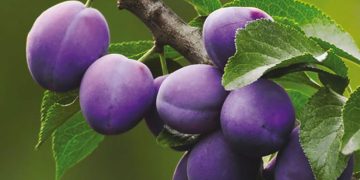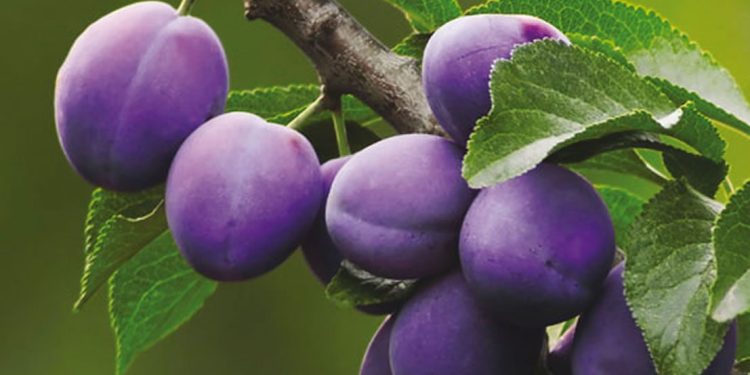#FruitFertilization #PlumCare #AgronomyInsights
In the pursuit of cultivating large and succulent plums, gardeners and farmers often wonder about the secrets behind achieving optimal growth and exceptional taste. Surprisingly, the size and flavor of plums depend less on their variety and more on the careful selection and application of fertilizers. In this comprehensive guide, landscape designer, agronomist, and expert, Anastasiya Kovrizhnykh, shares her step-by-step instructions on fertilizing plum trees for bountiful and flavorful harvests.
Development: Four Stages of Plum Fertilization
According to Anastasiya Kovrizhnykh, successful plum fertilization involves a well-structured process, comprising four essential stages:
Pre-Flowering Nourishment: Before the flowering season begins, it is crucial to provide the trees with the nutrients they need to set the stage for a productive yield. For every plum tree, prepare a mixture of 60 grams of urea and 30 grams of sulfate dissolved in 10 liters of water. Each plum tree requires one bucket of this nutrient-rich solution.
Early June Fertilization: In the first days of June, it is time to nourish the fruit-bearing trees further. Dissolve 30 grams of nitroammofoska in 10 liters of water and apply 10 liters of this solution to each plum tree.
Mid-Ripening Nourishment: As soon as you observe the fruits beginning to ripen, it is essential to provide an additional boost of nutrients to sustain their development. Prepare a mixture of 40 grams of nitroammofoska and 30 grams of urea in 10 liters of water. Each plum tree will require 30 liters of this nutrient mix.
Post-Harvest Care: After harvesting the abundant and juicy plums, the care for the trees does not end. To ensure the tree’s health and readiness for the next season, water each tree with two buckets of the following solution: 40 grams of superphosphate and 30 grams of potassium sulfate dissolved in 10 liters of water.
Consequences of Proper Plum Fertilization
The benefits of following Anastasiya Kovrizhnykh’s fertilization guide are manifold. By providing the right nutrients at each stage of growth, you can expect the following positive outcomes:
Enhanced Fruit Size: Adequate fertilization supports the healthy development of plums, leading to larger fruit sizes that are visually appealing and enjoyable to consume.
Improved Flavor Profile: The balanced and targeted nutrient supply contributes to a more robust flavor profile in the plums, enhancing their taste and making them more enticing.
Increased Yield: With optimized fertilization, plum trees are better equipped to produce a higher yield, ensuring an abundant harvest.
Healthier Trees: Well-nourished trees are less susceptible to diseases and pests, promoting overall tree health and longevity.
By adopting Anastasiya Kovrizhnykh’s expert advice on plum fertilization, gardeners and farmers can unlock the full potential of their plum trees. The careful application of specific nutrients at different growth stages can significantly impact the size and taste of plums, leading to a satisfying and successful harvest.
Whether you are a seasoned orchardist or an enthusiastic home gardener, implementing these fertilization techniques will undoubtedly contribute to a fruitful plum-growing journey.
Remember, a little extra care and attention during fertilization can go a long way in transforming your plum trees into a source of pride and joy in your garden or orchard.































